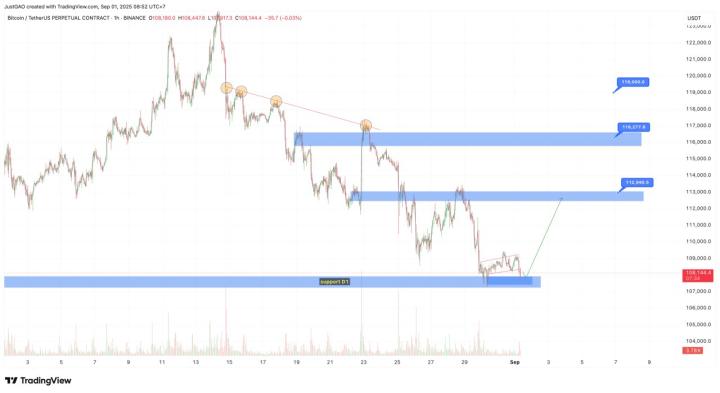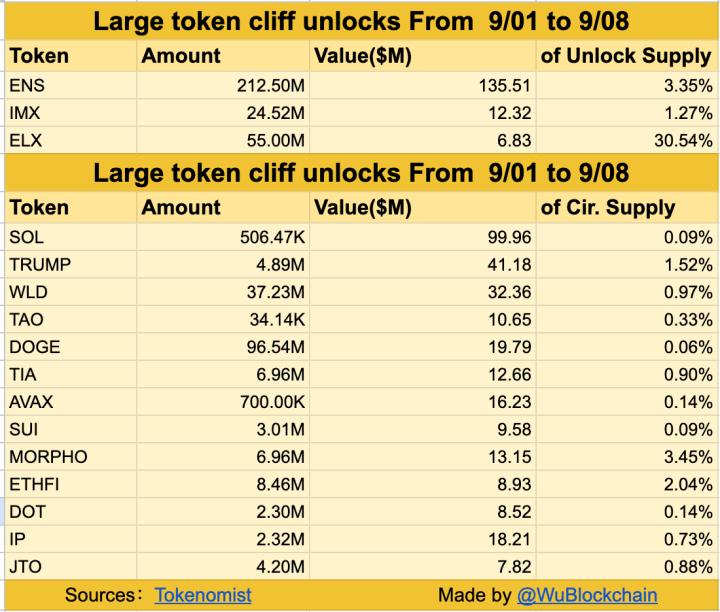PANews reported on April 22 that according to Protos, a Binance user accused the exchange of "stealing" an Ordinals-based image mistakenly transferred to a BTC deposit address. As customer service could not assist and the user discovered the asset was listed on Magic Eden, they accused Binance employees of appropriating it privately, sparking heated discussion in the crypto community. However, a veteran Bitcoin user clarified that this was a "Sat mining" phenomenon: Bitcoin Ordinals data is allocated to specific satoshis, and owning a satoshi means owning Ordinals rights. Some collectors "screen" rare satoshis by batch depositing and withdrawing BTC from exchanges. The exchange's random withdrawal mechanism from mixed Bitcoin pools caused the Ordinal to accidentally fall into the hands of miners, not through active appropriation by the exchange. Subsequently, the user who mistakenly transferred the Ordinals deleted their post accusing Binance.
This digital mining is a niche activity in the crypto circle, with participants paying mining fees to repeatedly deposit and withdraw BTC like a "lottery". Binance executives believe satoshis are interchangeable, and their employees would not spend time screening customer deposits to find rare satoshis. Binance staff simply distribute satoshis from a large pool of mixed bitcoins to fulfill withdrawal requests, without considering whether these bitcoins are "rare".








